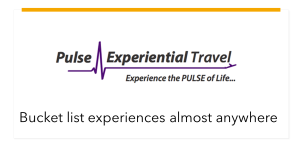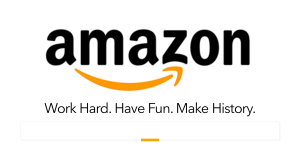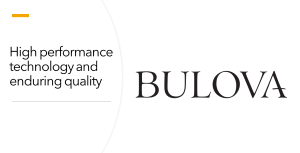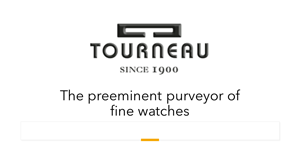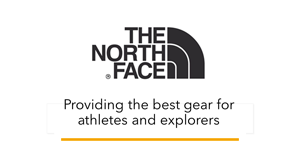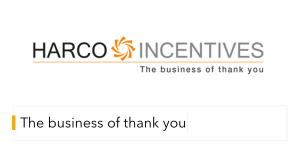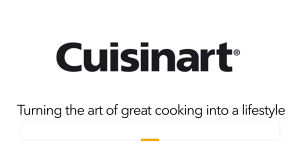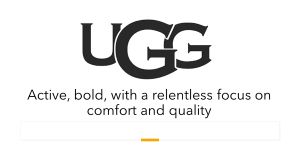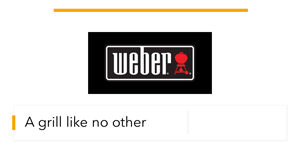More 2022 IFI Study Insights: Focus on ROI, the SMB Market, Education, Experiences
The Need to Provide More Measurable Solutions
Is It Possible to Tap the Huge Small- to Medium-Sized Marketplace?
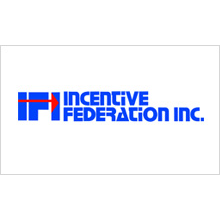 webinar held Aug. 25, 2022 on the results of its 2022 US Incentive Market Study, the industry's first since 2016. See RRN: IFI 2022 Study Pegs IRR Industry at $176 Billion and RNN Incentive Federation Releases More Info From Industry Study
webinar held Aug. 25, 2022 on the results of its 2022 US Incentive Market Study, the industry's first since 2016. See RRN: IFI 2022 Study Pegs IRR Industry at $176 Billion and RNN Incentive Federation Releases More Info From Industry StudyThe study estimates that the industry has grown to $176 billion in annual spending, up nearly 50% since 2016, which includes an estimated 21% of inflation during that time.
Here are the key insights from Mike Donnelly, CPIM, President of Hinda Incentives and Board Chair of the Incentive Federation and Rick Garlick, Ph.D., Principal Consultant, Richard Garlick and Associates Consulting and Marketing Research Services, LLC.
The Need to Provide More Measurable Solutions
All the positive signals doesn’t mean the industry can rest on its laurels, caution the presenters. Incentive companies and related suppliers will need to do a better job of demonstrating return-on-investment or other key results if they wish to compete for the largest companies, advises Garlick. "A relatively small number of companies represent the market everyone wants to go after. Over 90% of these companies have non-cash incentive programs. There’s still some room for growth, but these companies are pretty ‘red ocean,’ as everyone wants them.” Since average company spend among large companies has declined in some areas since 2016 adjusted for inflation, there is some growth potential but not on the order of “blue ocean,” he adds.
incentive programs. There’s still some room for growth, but these companies are pretty ‘red ocean,’ as everyone wants them.” Since average company spend among large companies has declined in some areas since 2016 adjusted for inflation, there is some growth potential but not on the order of “blue ocean,” he adds. Mike Donnelly, CPIM, President of Hinda Incentives and Board Chair of the Incentive Federation, who co-presented the webinar with Garlick, says the study shows that despite impressive growth in the use of non-cash rewards by major organizations since the study was last conducted in 2016, he sees continued growth by increasing expenditures per company and as a result of the growing rebound in the channel and travel incentive categories, hit hard by the pandemic and supply chain issues. While generally as much as half of all US companies now use non-cash rewards for incentives and recognition, with a steady growth in the use of points programs for non-sales employee programs, Donnelly sees continued growth opportunities by educating businesses on the benefits of these programs.
Is It Possible to Tap the Huge Small- to Medium-Sized Marketplace?
There are enormous growth opportunities for those suppliers who can find a way to make money in the SMB (small- to- medium size market), and the industry can clearly do a better job of educating the business world about its services, Garlick points out. Apart from providing more measurable results for large companies, Garlick sees enormous opportunities for those that can “crack the code for serving the SMB market.” Based on the large percentage of the industry’s $176 billion that cannot be traced to any IRR industry source, he suggests that a big part of this “missing” business moves through retail. He believes there are many do-it-yourselfers either because they have never heard of the incentive industry or because they believe they have the necessary knowledge and simply purchase awards through retail.
Garlick adds, “For example, the Incentive Research Foundation study I’m doing now has shown that two-thirds of respondents go to local retailers to buy gift cards. This result
 has been consistent for the last four years I’ve done the study. The other important point to know is that all this money is being spread across a lot of companies…Keep in mind that companies with revenues of $1 million-plus in revenue represent only 12% of companies in the US. But no one is going to call on Bob’s Bike Shop or Sal’s Meat Market. If there was a platform (maybe there is) that could profit from smaller companies, the market potential would be even larger.” For now, he adds, “I guess the answer to the question of the missing business is called ‘Amazon.’”
has been consistent for the last four years I’ve done the study. The other important point to know is that all this money is being spread across a lot of companies…Keep in mind that companies with revenues of $1 million-plus in revenue represent only 12% of companies in the US. But no one is going to call on Bob’s Bike Shop or Sal’s Meat Market. If there was a platform (maybe there is) that could profit from smaller companies, the market potential would be even larger.” For now, he adds, “I guess the answer to the question of the missing business is called ‘Amazon.’” (Editors note: According to NAIC, there are about 160,000 US companies with annual sales of over $10 million, including about 50,000 with sales of over $100 million and about 140,000 with more than 100 employees. That is a large number of companies considering there are no more than about 120 incentive, recognition, and loyalty companies and no more than a few thousand sales people and promotional products distributors selling on their behalf.)
Donnelly agrees. “There’s a lot of DYI (do it yourself). Today, it has to be more about how we add value. How do incentives work. And that’s good: that’s where we need to focus.”
The study did not address the use or role of engagement technology in the market, which Donnelly agreed in the webinar would be an important topic for study.
One other growth area that stands out from the study is “experiences.” The results, corroborated by studies conducted by the Incentive Research Foundation, find an increased interest in rewards that focus on experiences.
Concludes Garlick, “When you look at per-company spend adjusted for inflation, you see that the spend in some categories has increased, but per-company spend in distribution incentives has declined, while per-company spend for employee incentives has stayed flat. So, spending on sales incentives, customer loyalty, and client gifts have increased both in terms of volume and per company spend, while spending on channel distribution incentives and employee incentives have increased in volume but not per company spend.”






